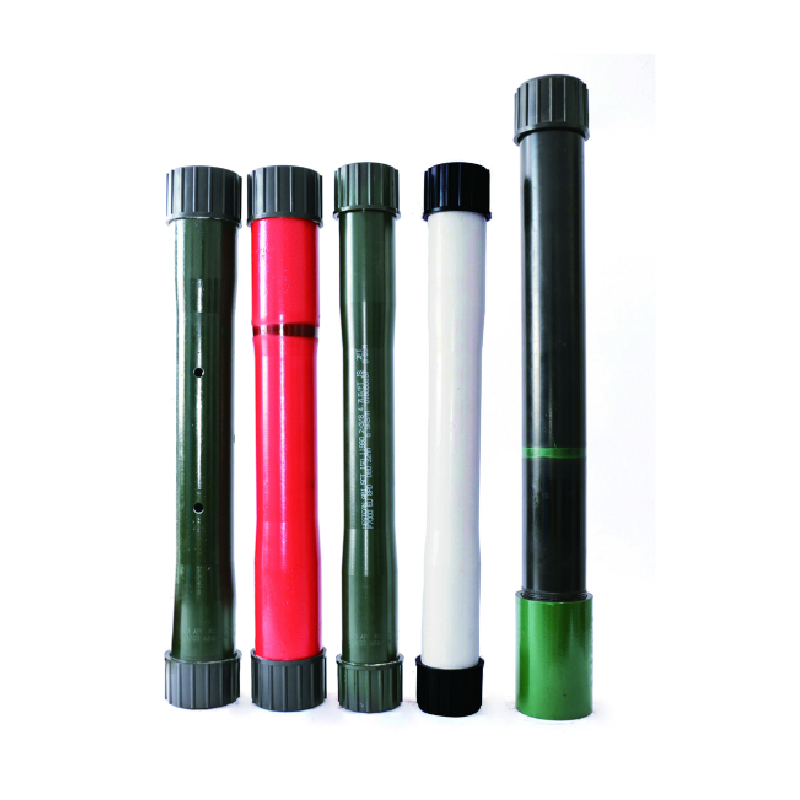- Afrikaans
- Albanian
- Amharic
- Arabic
- Armenian
- Azerbaijani
- Basque
- Belarusian
- Bengali
- Bosnian
- Bulgarian
- Catalan
- Cebuano
- Corsican
- Croatian
- Czech
- Danish
- Dutch
- English
- Esperanto
- Estonian
- Finnish
- French
- Frisian
- Galician
- Georgian
- German
- Greek
- Gujarati
- Haitian Creole
- hausa
- hawaiian
- Hebrew
- Hindi
- Miao
- Hungarian
- Icelandic
- igbo
- Indonesian
- irish
- Italian
- Japanese
- Javanese
- Kannada
- kazakh
- Khmer
- Rwandese
- Korean
- Kurdish
- Kyrgyz
- Lao
- Latin
- Latvian
- Lithuanian
- Luxembourgish
- Macedonian
- Malgashi
- Malay
- Malayalam
- Maltese
- Maori
- Marathi
- Mongolian
- Myanmar
- Nepali
- Norwegian
- Norwegian
- Occitan
- Pashto
- Persian
- Polish
- Portuguese
- Punjabi
- Romanian
- Russian
- Samoan
- Scottish Gaelic
- Serbian
- Sesotho
- Shona
- Sindhi
- Sinhala
- Slovak
- Slovenian
- Somali
- Spanish
- Sundanese
- Swahili
- Swedish
- Tagalog
- Tajik
- Tamil
- Tatar
- Telugu
- Thai
- Turkish
- Turkmen
- Ukrainian
- Urdu
- Uighur
- Uzbek
- Vietnamese
- Welsh
- Bantu
- Yiddish
- Yoruba
- Zulu
Understanding the Applications and Benefits of PUP Joint Pipes in Industry
Understanding the Importance of Pup Joints in Pipeline Systems
Pup joints are an essential component of piping systems, particularly in the oil and gas industry. These short lengths of pipe, typically around 1 to 5 feet, are utilized to connect two larger sections of pipe or to adjust the alignment within a piping system. Their importance cannot be overlooked, as they play a critical role in ensuring the integrity, efficiency, and safety of pipeline operations.
What Are Pup Joints?
Pup joints are essentially short sections of pipe, usually produced from the same materials as the larger pipes they connect. They are often used to bridge gaps, facilitate connections, and provide flexibility within the pipeline system. They come in various sizes and pressure ratings, making them suitable for various applications. Due to their size, pup joints are convenient for installation, maintenance, and transport.
Applications in the Oil and Gas Industry
In the oil and gas sector, pup joints serve multiple purposes. They are commonly used in drilling operations, where they help connect the drill string to other pieces of equipment. The use of pup joints allows for adjustments in length and alignment, accommodating different geological conditions and apparatus designs. Moreover, pup joints can also be found in production lines, where they facilitate the transfer of hydrocarbons from wells to processing facilities.
Beyond drilling, pup joints are crucial in the construction of pipeline systems. They can be used to connect sections of pipelines, creating a more seamless system while allowing for necessary adjustments in height or direction. Their flexibility and ease of use make them a preferred choice for engineers looking to optimize system performance.
Benefits of Using Pup Joints
pup joint pipe

One of the primary benefits of pup joints is their ability to accommodate various design configurations without requiring custom-sized pipes. This flexibility allows for quicker construction and maintenance of pipelines, reducing both time and costs. Furthermore, pup joints can help to mitigate issues such as uneven ground or changing elevations that may arise during the installation process.
Additionally, pup joints contribute to the overall integrity and safety of a pipeline system. By allowing for minor adjustments and connections, they help ensure that pressure is evenly distributed throughout the system, minimizing the risk of leaks or ruptures. This is particularly important in high-pressure environments, where even a small failure can lead to significant consequences.
Choosing the Right Pup Joints
Selecting the appropriate pup joints for a given project requires careful consideration. Factors such as the pipe material, size, and pressure rating are crucial in ensuring compatibility with the overall system. It is also important to consider the operating conditions, such as temperature and potential exposure to corrosive substances, as these can impact the longevity and performance of the pup joints.
During the selection process, engineers and procurement teams should work closely with manufacturers to understand their products' specifications and limitations. This collaboration is key to ensuring that the chosen pup joints meet the necessary industry standards and regulations.
Conclusion
Pup joints, though often overlooked, are vital components of effective pipeline systems in the oil and gas industry. Their ability to provide flexibility, facilitate connections, and enhance safety makes them indispensable in various applications. As the demand for efficient and safe energy production continues to rise, understanding the role of pup joints will be critical for engineers and operators alike. By recognizing the importance of these short lengths of pipe, industry professionals can better design, construct, and maintain effective piping systems that meet the challenges of modern energy production.
-
Tubing Pup Joints: Essential Components for Oil and Gas OperationsNewsJul.10,2025
-
Pup Joints: Essential Components for Reliable Drilling OperationsNewsJul.10,2025
-
Pipe Couplings: Connecting Your World EfficientlyNewsJul.10,2025
-
Mastering Oilfield Operations with Quality Tubing and CasingNewsJul.10,2025
-
High-Quality Casing Couplings for Every NeedNewsJul.10,2025
-
Boost Your Drilling Efficiency with Premium Crossover Tools & Seating NipplesNewsJul.10,2025







